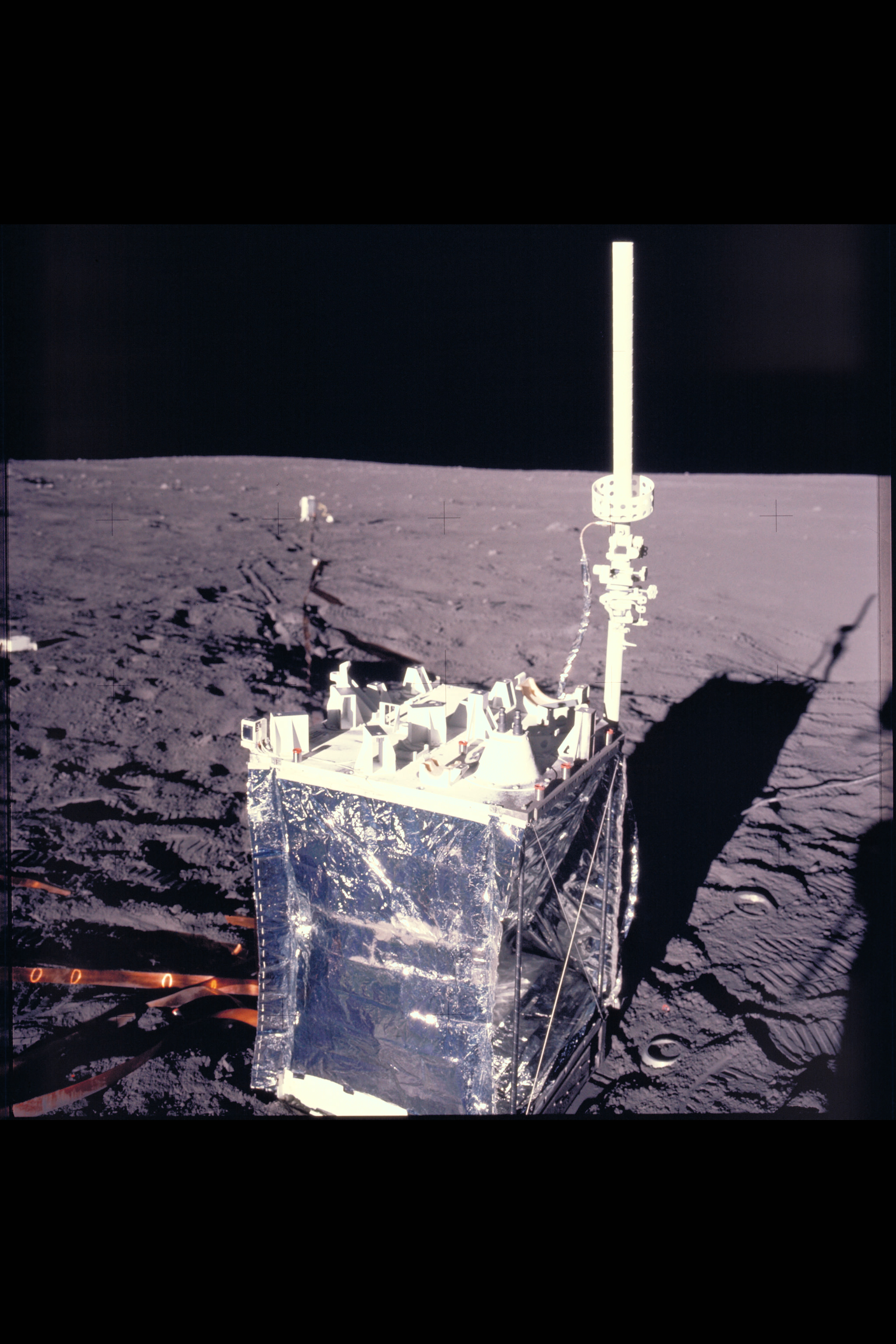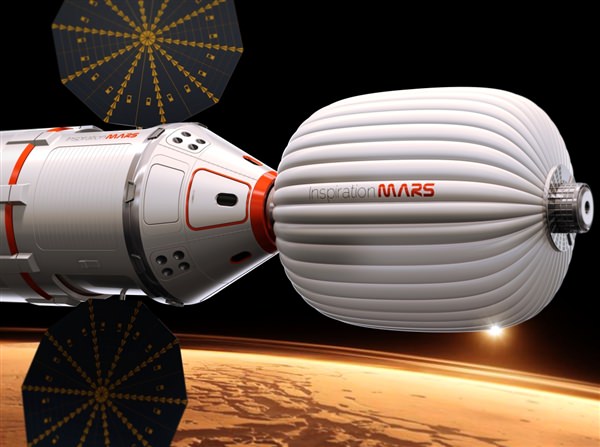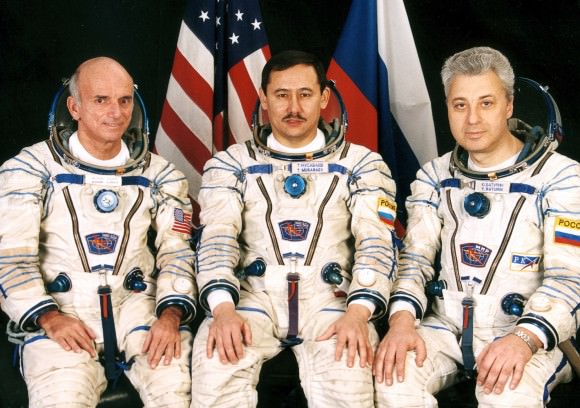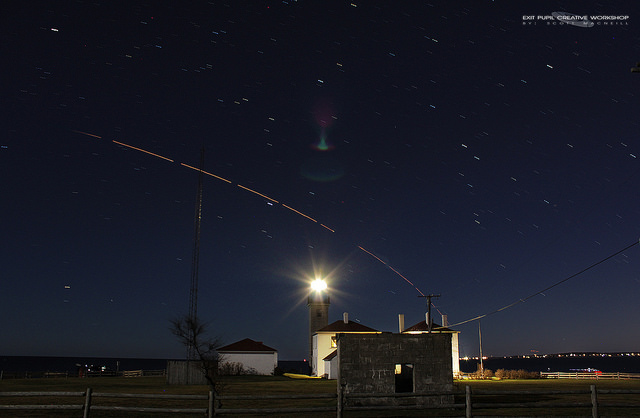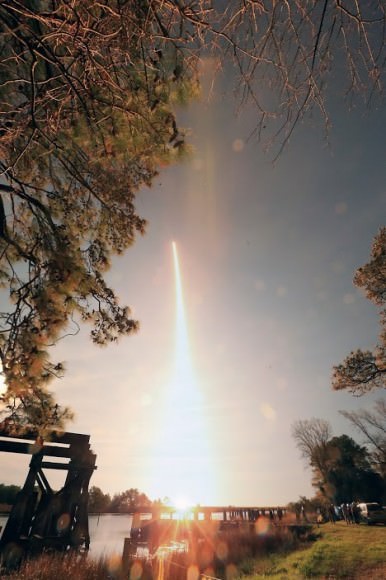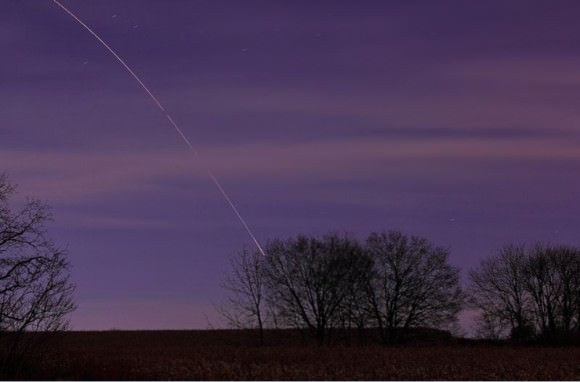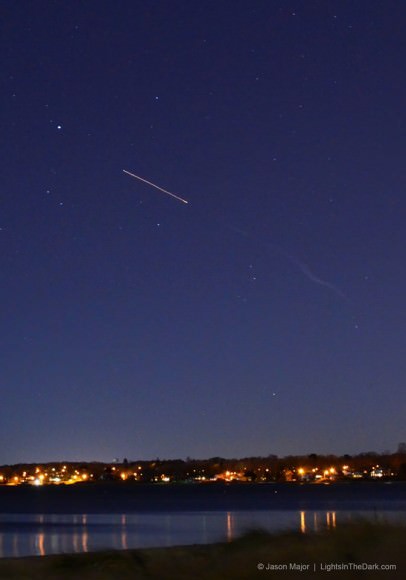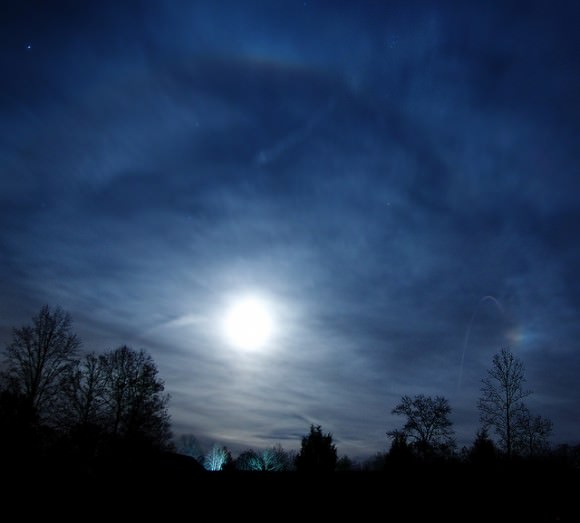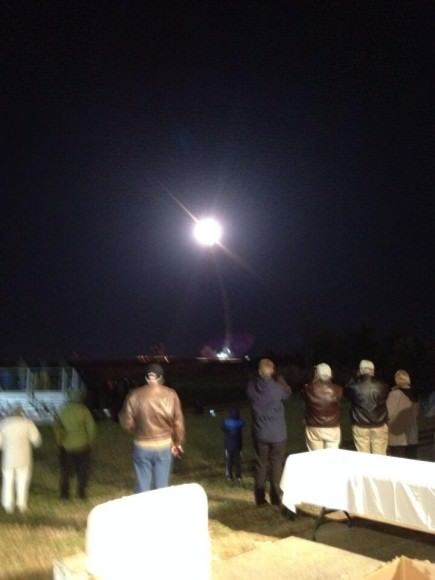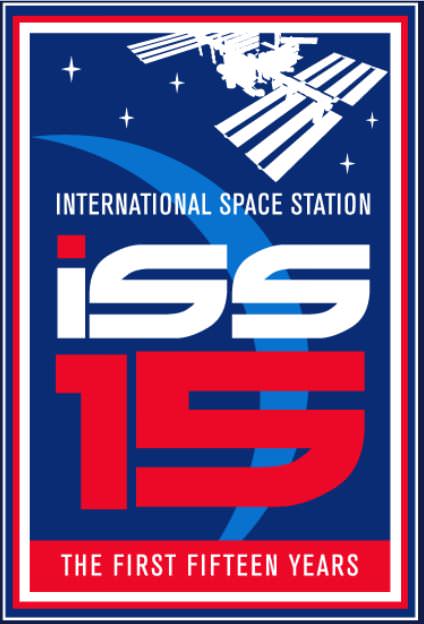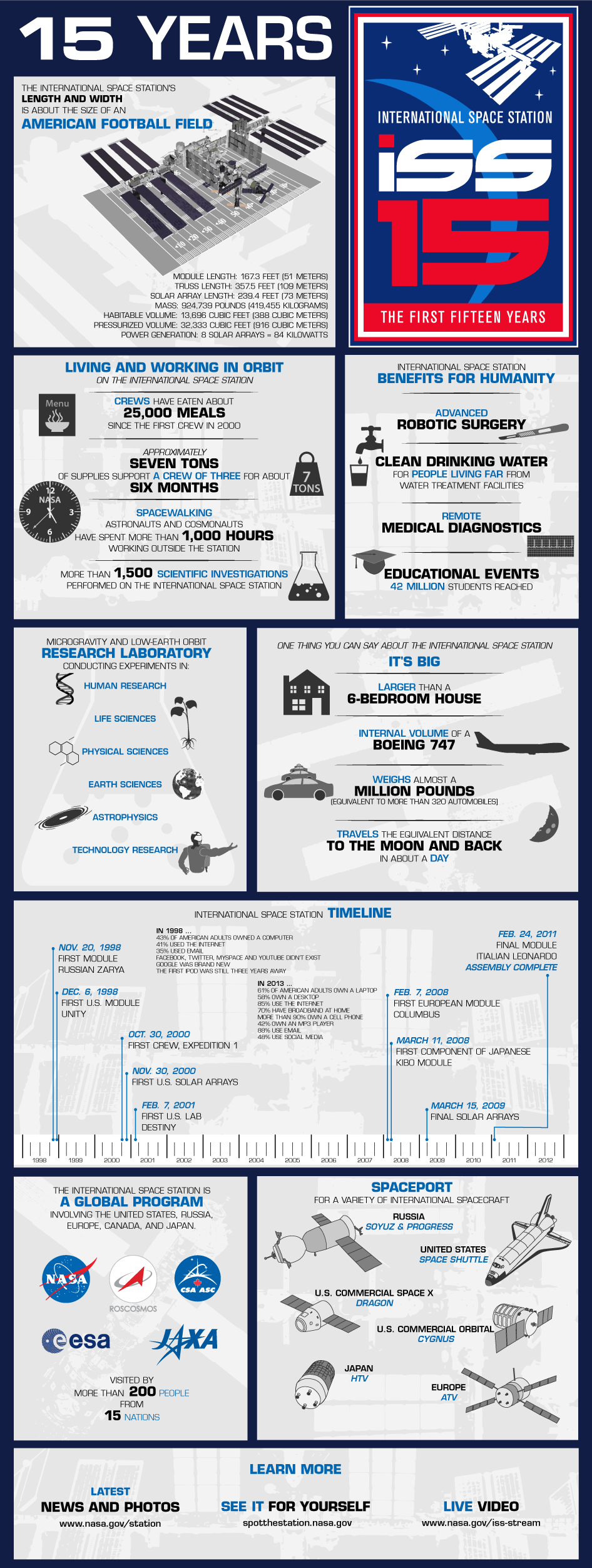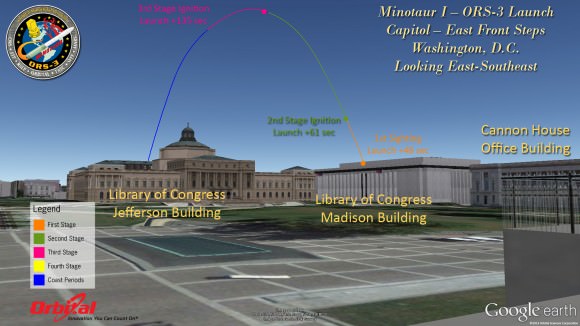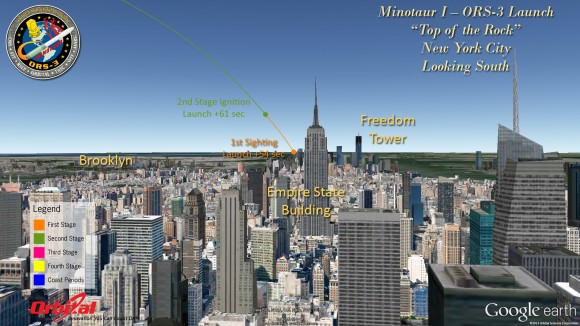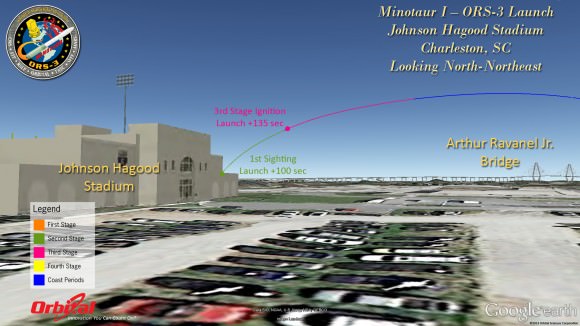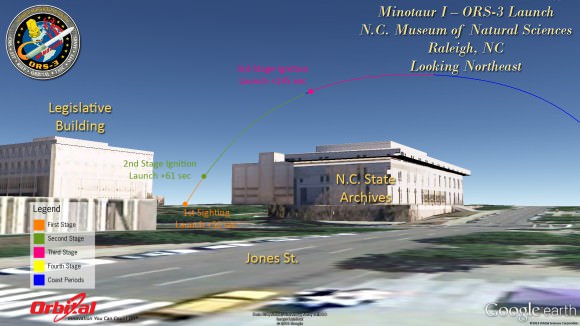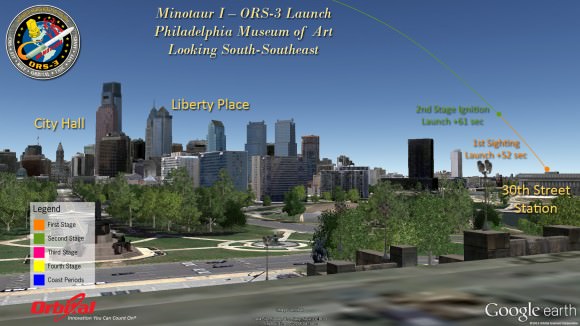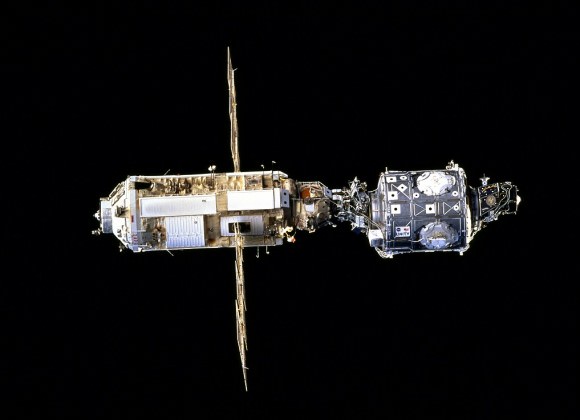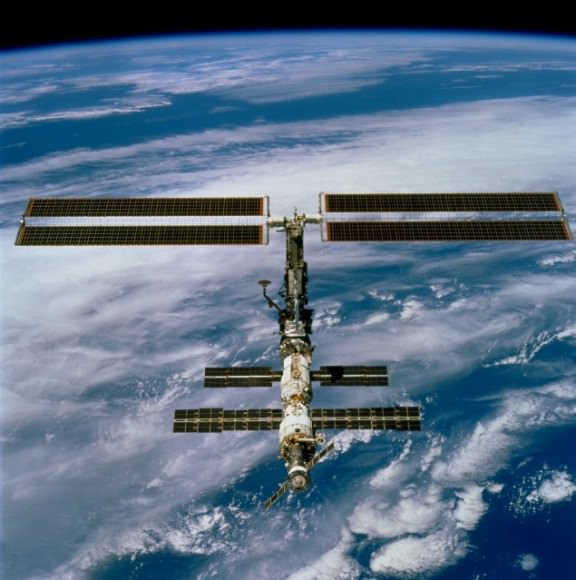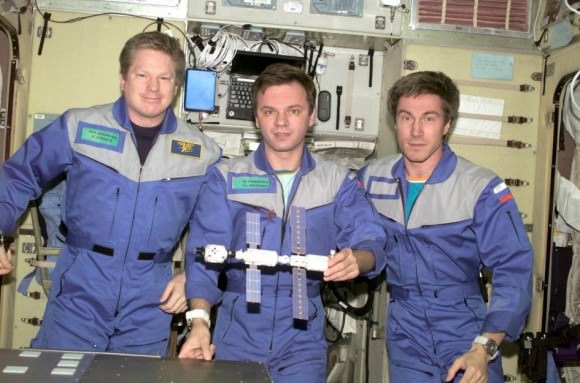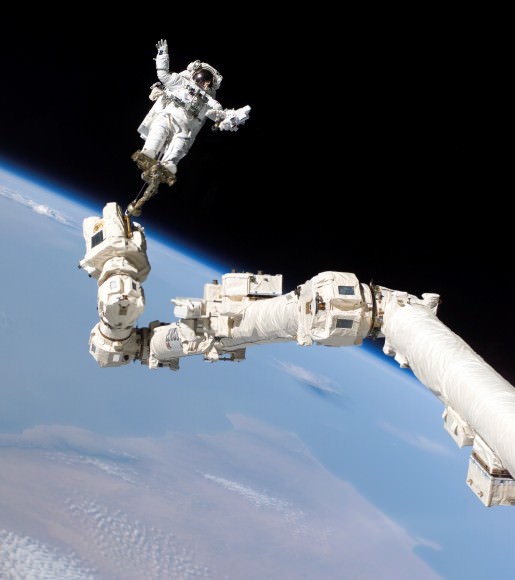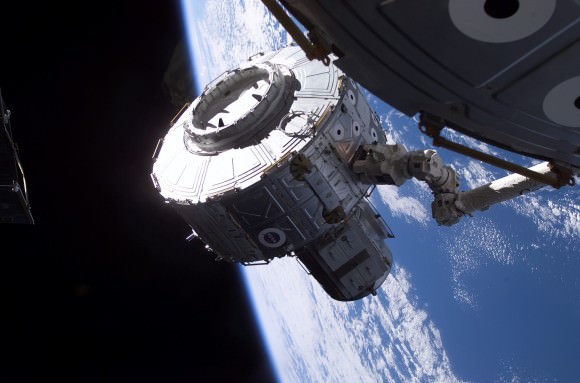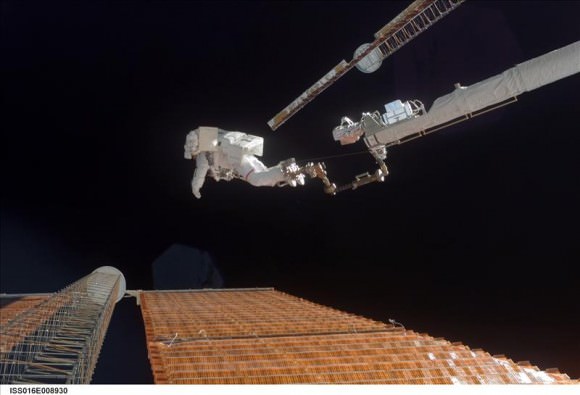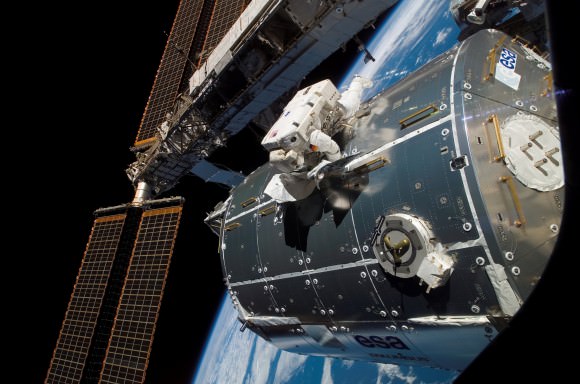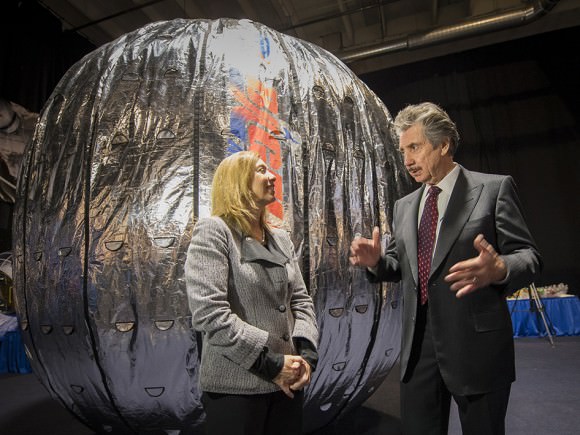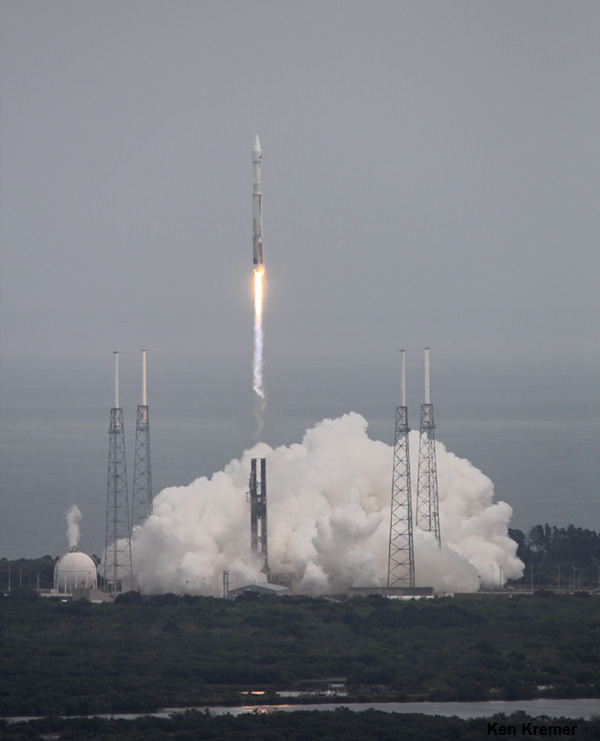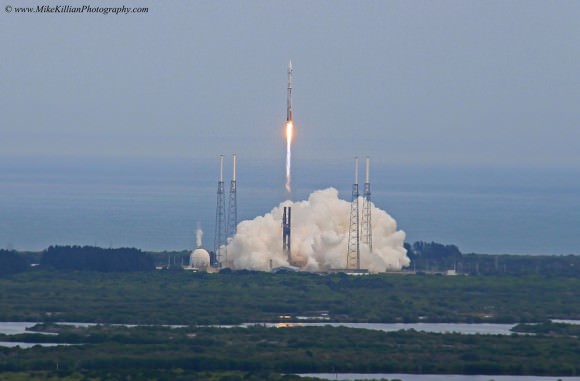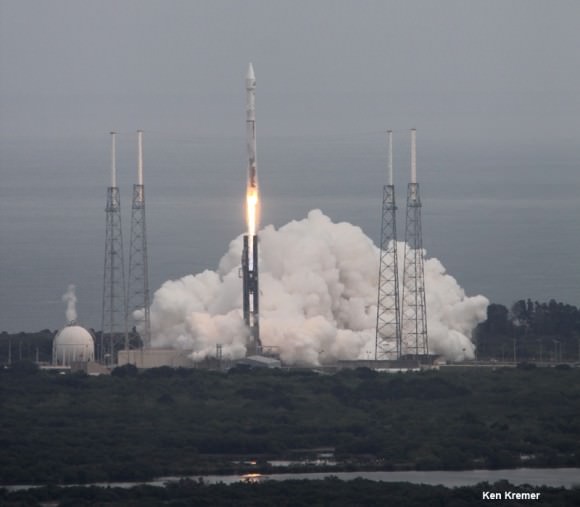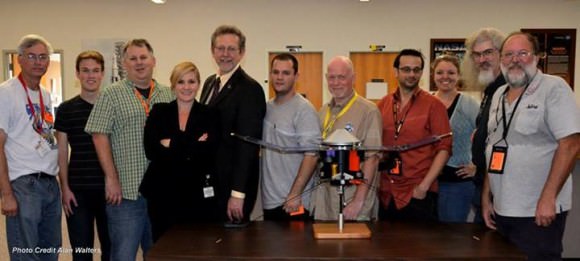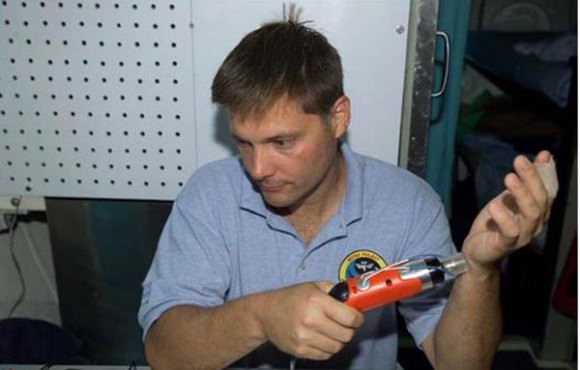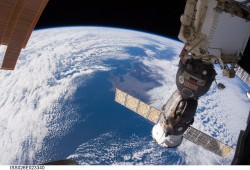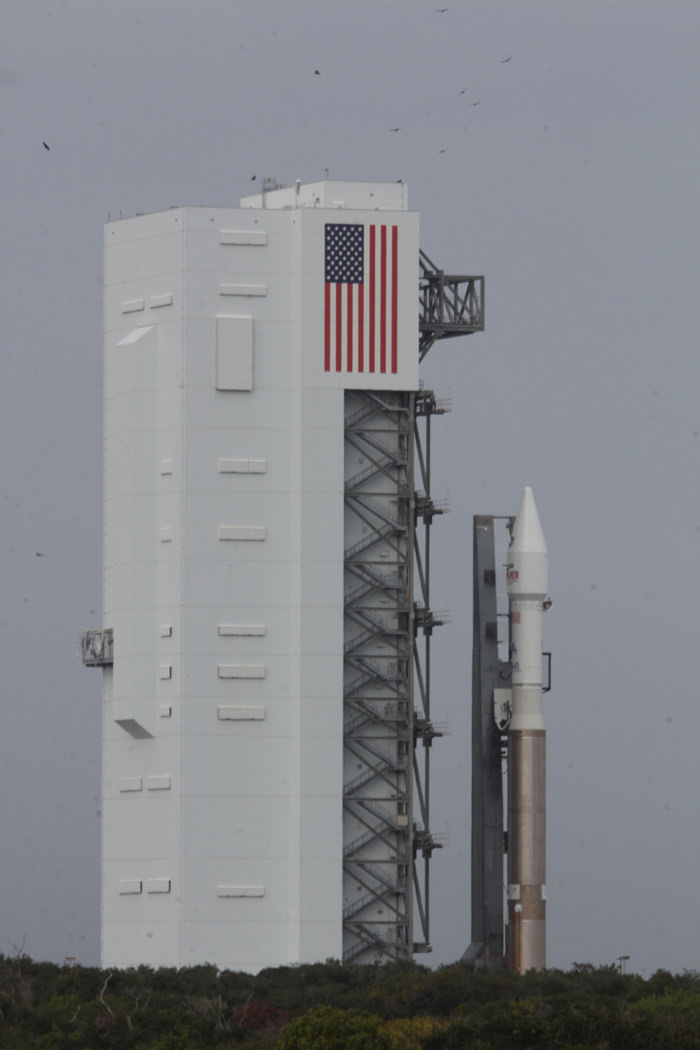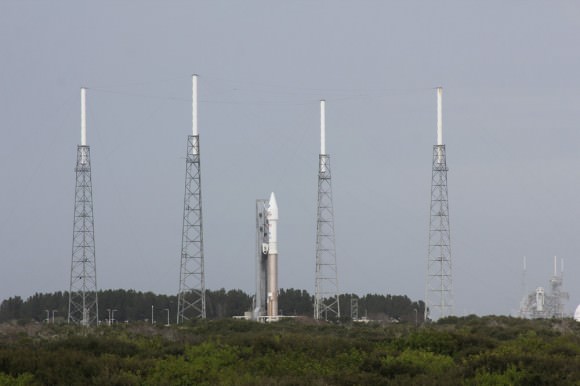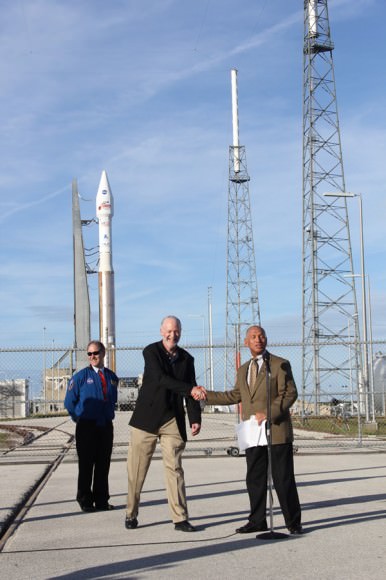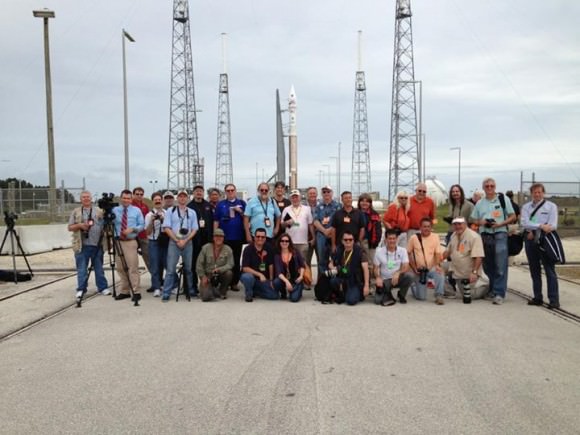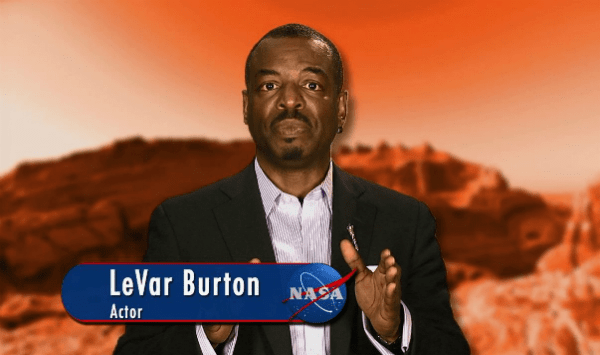Dust on the moon accumulates at a rate 10 times faster than previously believed, which could make it difficult for future human explorers to use solar power cells on the lunar surface, a new study says.
“You wouldn’t see it; it’s very thin indeed,” stated Brian O’Brien, a University of Western Australia professor who co-authored the research. “But, as the Apollo astronauts learned, you can have a devil of a time overcoming even a small amount of dust.”
O’Brien also developed the Lunar Dust Detector, an experiment that flew aboard three Apollo moon missions in the 1960s and 1970s. The experiment, which was about the size of a matchbox, had three tiny solar cells on board. Voltage from the experiment fell as dust accumulated.
His experiment was deployed on Apollo 12 (in 1969) and Apollos 14 and 15 (in 1971), then shut off in 1977 due to budget cutbacks.
In these years of data, electrical measurements showed that 100 microgams of lunar dust fell per year per square centimeter. “At that rate, a basketball court on the Moon would collect roughly 450 grams (1 pound) of lunar dust annually,” stated a press release from the American Geophysical Union.
Past models assumed that the dust built up because of meteor impacts and cosmic dust, but O’Brien’s data was far in excess of that. He suggested it could be because the moon has a “dust atmosphere” built up as individual particles jump between different locations.
“During each lunar day, solar radiation is strong enough to knock a few electrons out of atoms in dust particles, building up a slight positive charge,” the AGU stated.
“On the nighttime side of the Moon, electrons from the flow of energetic particles, called the solar wind, which comes off the sun strike dust particles and give them a small negative charge. Where the illuminated and dark regions of the moon meet, electric forces could levitate this charged dust, potentially lofting grains high into the lunar sky.”
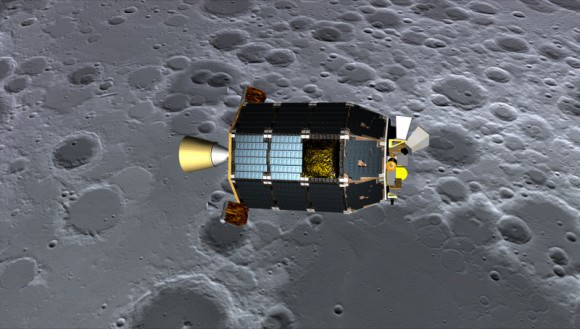
This data especially has resonance for NASA now that its Lunar Atmosphere and Dust Environment Explorer (LADEE) spacecraft is orbiting about 155 miles (250 kilometers) above the moon. The agency is trying to learn more about how the dust environment on the moon works, particularly at the “terminator” — the point between light and darkness — where dust may levitate due to electrostatic charging.
“Something similar was reported by Apollo astronauts orbiting the Moon who looked out and saw dust glowing on the horizon,” stated Monique Hollick, who led the work and is also a researcher at the University of Western Australia.

NASA believed O’Brien’s data was lost for decades as the agency did not preserve the archival tapes, but in 2006 O’Brien — when he heard of NASA’s issue — informed them he still had the data.
“It’s been a long haul,” stated O’Brien. “I invented [the detector] in 1966, long before Monique was even born. At the age of 79, I’m working with a 23-year old working on 46-year-old data and we discovered something exciting—it’s delightful.”
The work was published this week in Space Weather and is available here.
Source: AGU

